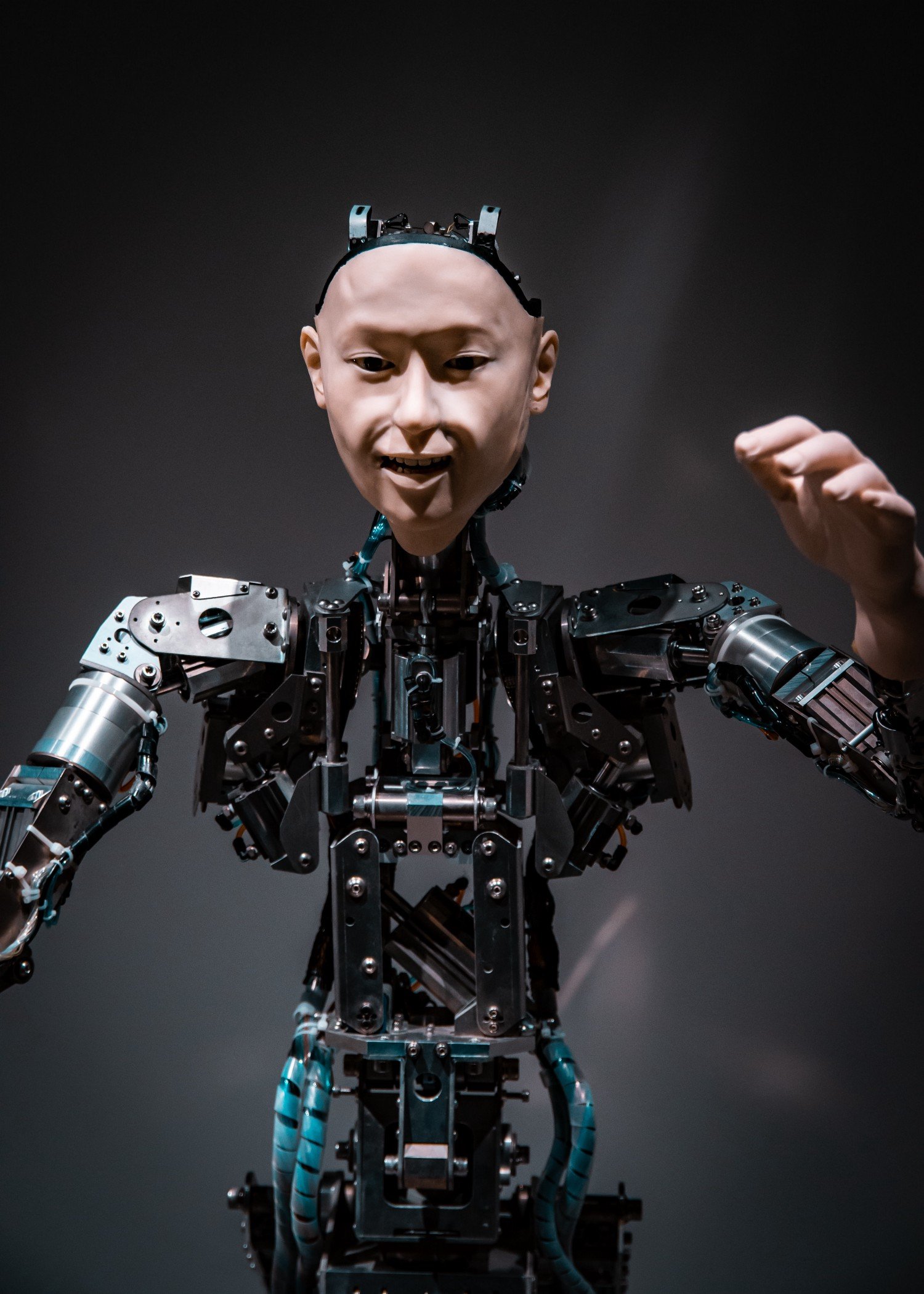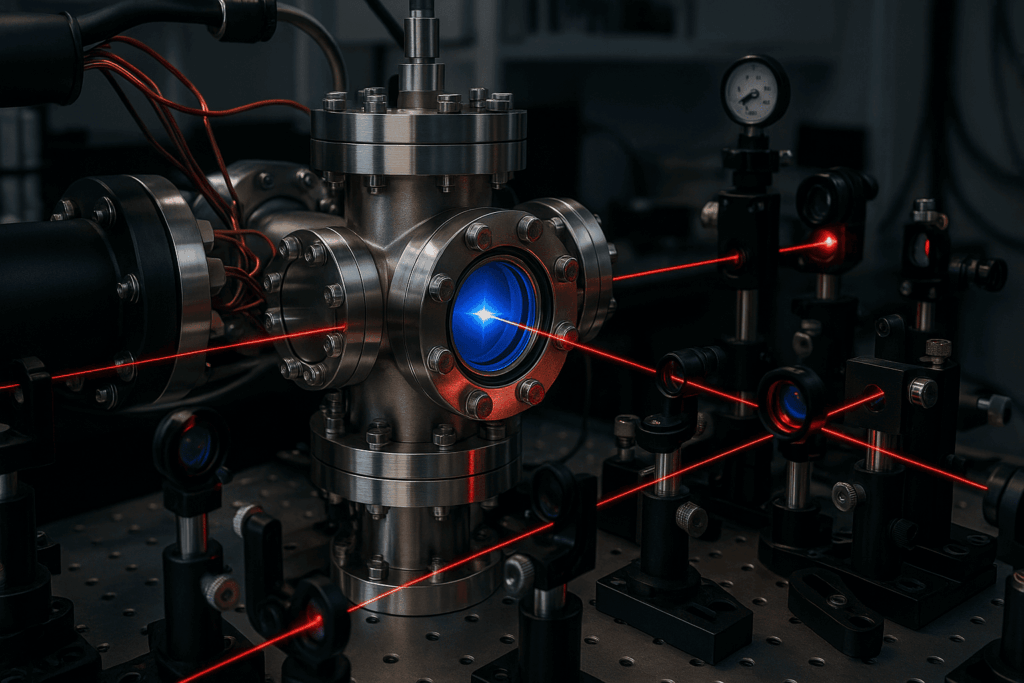Whether quantum information science can assist robotics is an open debate, yet there are already individuals out there trying to prove it can
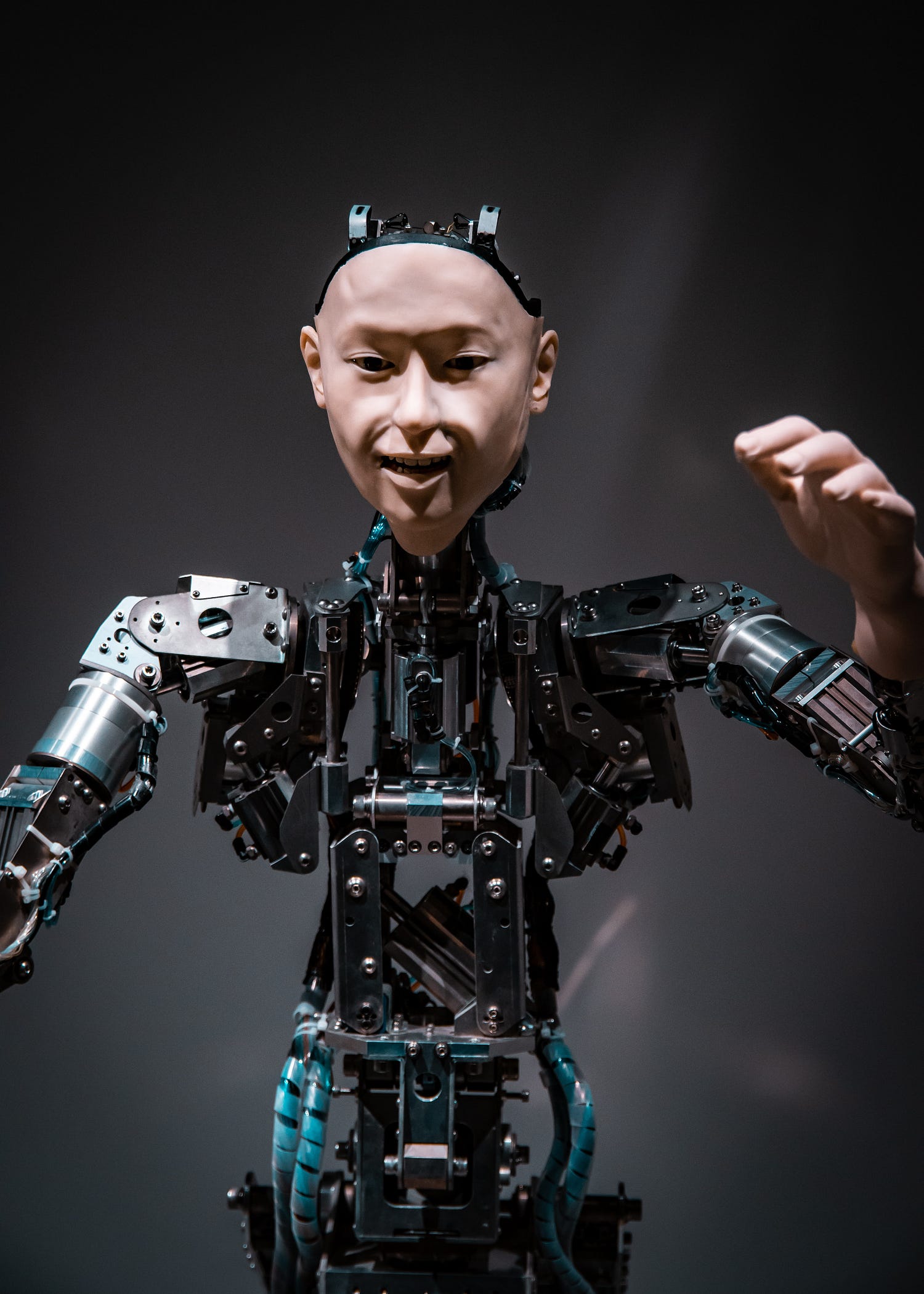
Hype
With the popularity of quantum computing (QC) expanding, it can sometimes be difficult to distinguish what is real from the hype. And that’s normal. Technology often times, especially that which is groundbreaking and disruptive, can be a testing ground to many unproven theories and ideas. The very nature of it — as in QC’s case — where we have yet to see any practical and real-world use cases for the hardware or software applications currently available, no matter what Rigetti, IBM, D-Wave and the rest of them claim, is as clear as day.
But the technology is exciting, no one can question that, not even the most skeptical and cynical of us. It has potential. Along with AI, QC is one of those disciplines where people’s thoughts can align with ‘science fiction dreams’. Now, the reader themselves could suppose I am hyping those specific technologies, contradicting myself. The likelihood is that I have, but QC is so exciting, so out there, that we can allow ourselves to wonder about its future potential.
We all know from the articles we’ve read from experts in the field what QC could help us with. These stretch from chemical simulations to encrypting data to predicting traffic flow. And these are just three. Another discipline where experts are seeing where QC can have success is in robotics.
AI’s achievements in self-driving cars and image recognition software are two areas where, when put together seamlessly, can help to create a robot. Things have already been done.

The Raven surveillance drone in the aerospace industry, the robot comedian RoboThespian in entertainment, exoskeletons in the healthcare industry and Honda’s humanoid Asimo.
Oh, and sorry, who can forget the electronic robotic toy, Furby. I should know, I bought my daughter one a few years ago though she has, thank goodness, grown out of it!
These are all examples, though with obviously different levels of value and usefulness for humanity, of robots used in society.
My initial interest in robots, apart from the obvious fact of watching the original Star Wars trilogy and BladeRunner back in the 1980s as a kid, was reading Czech writer Karel Čapek’s play R.U.R. some years later as a sixteen-year-old bookish snob. R.U.R is the acronym for Rossum’s Universal Robots (Rossumovi Univerzální Roboti in Czech), a play that premiered in 1921 and introduced the word ‘robot’ to the world. Like Russian novelist Yevgeny Zamyatin’s futuristic, dystopian book We, it is — apart from Jules Verne’s and Mary Shelley’s work — early example in literary form of what could be possible.
Yet, pay no mind to all that nonsense of robots. Let’s get back to reality, and put QC into the frame. Qubits can give AI and robotics, through its more powerful and quicker computational power, endless possibilities, at least on the outset.
One initiative, based in San Diego, believes it can lead from the front, welding the two disciplines of QC and robotics/AI into one unified technological field. the Quantum Robotics Group, founded by Prateek Tandon in 2015, ‘researches the application of quantum computing, quantum engineering, and quantum mechanisms applied to robotics, bioinformatics, and other real-world domains’.
The Quantum Robotics Group
Tandon, with a Ph.D. from the Robotics Institute at Carnegie Mellon University, is currently a senior software engineer at Roswell Biotechnologies, so the Quantum Robotics Group, as far as TQD can tell, is purely a side gig.
But don’t let you think Tandon or his team is nothing but serious. They are. With a book published called Quantum Robotics: A Primer on Current Science and Future Perspectives (Morgan Claypool, 2017), which, according to the book’s description:
“broadly surveys advances in our scientific understanding and engineering of quantum mechanisms and how these developments are expected to impact the technical capability for robots to sense, plan, learn, and act in a dynamic environment. It also discusses the new technological potential that quantum approaches may unlock for sensing and control, especially for exploring and manipulating quantum-scale environments. Finally, the work surveys the state of the art in current implementations, along with their benefits and limitations, and provides a roadmap for the future.”
I’ve yet to read it, but I will when I cut through my busy schedule.
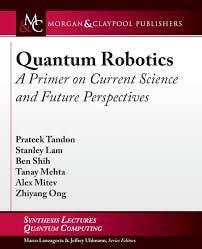
Exciting stuff, though I’m sure many detractors will say it’s just another area of QC which is being hyped up, and any of the solutions promised today won’t come about tomorrow.
Whether or not this is the case is not really the important thing at the moment.
Tandon co-authored the book with five other members of the Quantum Robotics Group. They are Stanley Lam, who has an M.Sc. in social research methods from the London School of Economics; Benjamin Shih, who holds a Ph.D. in mechanical and aerospace engineering at the University of California, San Diego; Tanay Mehta, another Ph.D. student in his final year in computer science at Northeastern University; Bulgarian Alex Mitev, with a Ph.D. in electrical engineering from the University of Arizona, and finally, Zhiyang Ong, currently a Ph.D. student at Texas A&M University in — like his colleague Mitev — electrical engineering.
With education and brains in abundance, Tandon and his team are trailblazing this niche area of the QC market.
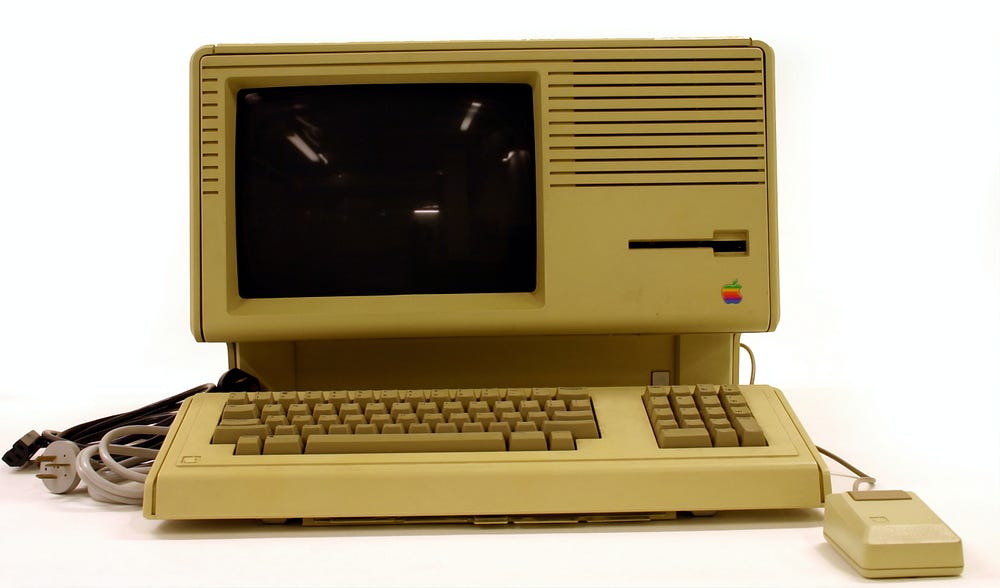
If quantum robotics is going to bring us to a new epoch of our very own personalized C3POs that will bow to our every beck and call or create a dangerous Nexus-6 replicant like Roy Batty, it’s going to take people like Tandon and the Quantum Robotics Group to experiment, make mistakes, rinse and repeat until they find a winning formula.
Whatever the eventual outcome, they are trying and should get brownie points for that if nothing else.

